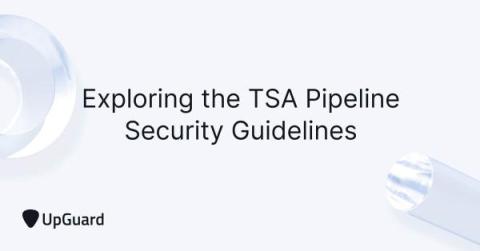Security | Threat Detection | Cyberattacks | DevSecOps | Compliance
ICS
Industrial Control Systems are Exposed: Breaking Down the Risks
Top 7 Technical Resource Providers for ICS Security Professionals
Attacks against industrial control systems (ICS) are on the rise. Cyberattacks are more prevalent, creative and faster than ever. So, understanding attackers’ tactics is crucial. The IBM Security X-Force Threat Intelligence Index 2023 highlights that backdoor deployments enabling remote access to ICS systems were the most common type of attacker action in 2022.
What is NERC? Everything you need to know
Electric grids are part of every nation’s critical infrastructure. Every societal activity and business depends on reliable and safe electricity distribution. The US electric grid is a huge network of powerlines, distribution hubs, and renewable and non-renewable energy generators that is increasingly exposed to cyber-physical risks due to the accelerated reliance on cyber-enabled systems and IoT-connected devices, such as smart meters.
ICS Environments and Patch Management: What to Do If You Can't Patch
The evolution of the cyber threat landscape highlights the need for organizations to strengthen their ability to identify, analyze, and evaluate cyber risks before they evolve into security incidents. Known unpatched vulnerabilities are often exploited by criminals to penetrate Industrial Control Systems (ICS) environments and disrupt critical operations.
Bitsight identifies nearly 100,000 exposed industrial control systems
Visibility: An Essential Component of Industrial Cyber Security
In July 2021, the White House established a voluntary initiative for industrial control systems (ICS) to promote cooperation between the critical infrastructure community and the federal government.
How to Build an Effective ICS Security Program
Of all the different areas of cybersecurity, not many are as important, or have as far-reaching consequences as industrial control systems (ICS) security. While most relevant organizations would agree that ICS security is a significant concern for their operations, it is easier said than done. Many find it difficult to put into practice the measures and solutions necessary for sufficient ICS security.






